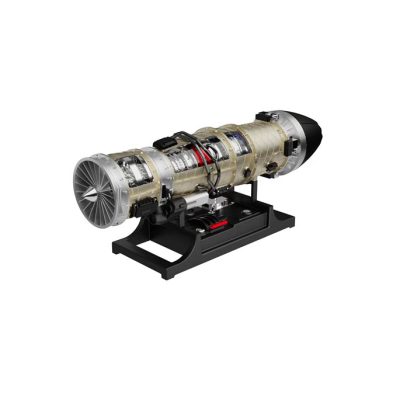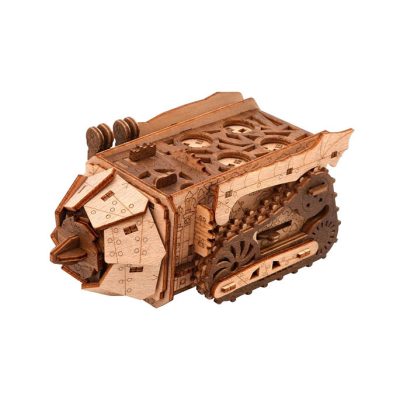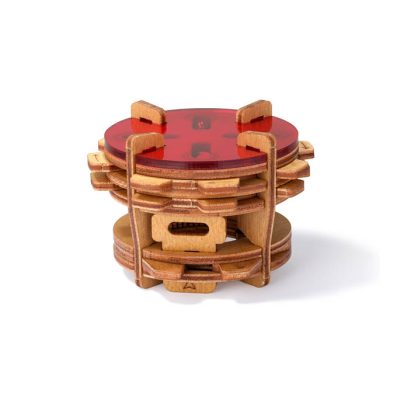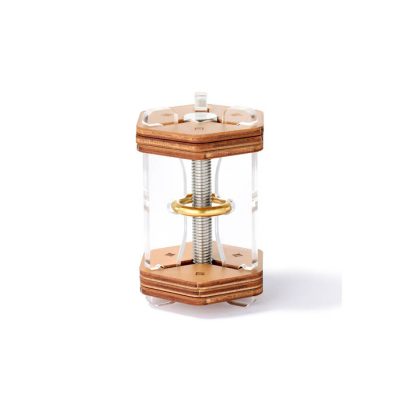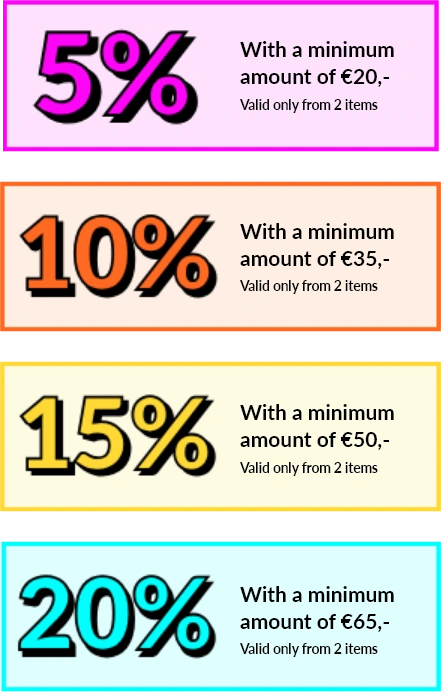-
 Dave Vinke
Dave Vinke
- Leestijd: 5 min
- Laatst geüpdatet: 27/08/2025
Combining 3D printing with traditional model building gives you the best of both worlds. You use modern printing technology for complex components and traditional techniques for details and finishing. This hybrid approach saves time, reduces costs and opens up new creative possibilities. You can create more precise parts while maintaining the authentic appearance of classic model building.
What are the advantages of combining 3D printing with traditional model building?
The combination of 3D printing and traditional model building gives you more flexibility and precision than either technique individually. You can print complex geometries that are impossible to make by hand, while using traditional materials for realistic textures and finishes.
The cost savings are significant, especially for small parts that are normally expensive to buy. You print only what you need, when you need it. This eliminates waste and prevents you from having to build up large inventories.
Your creative possibilities are enormously expanded. Want to modify an existing model? Just print new parts. Do you have a unique design in mind? Combine printed base elements with traditionally detailed finishes for a completely personalized result.
The repair possibilities are also a major advantage. You can easily reprint broken parts, which is especially useful for vintage models where spare parts are no longer available.
Which parts are best to 3D print and which to make traditionally?
3D printing works excellently for structural components, complex geometries and functional parts like gears, fasteners and chassis components. Small details that are difficult to cut, such as grilles or complex shapes, are also better printed.
Traditional techniques work best for visible surfaces that need realistic texture. Wood grain, metal structures and fabric details look much more authentic with classic materials and techniques.
Moving parts are often better made traditionally. While you can print hinges and mechanisms, traditionally made moving parts usually have better finish and durability.
Transparent parts like windows and lenses are better made traditionally. Printed transparent material rarely has the clarity you want, while traditional transparent plastics are perfectly clear.
The rule of thumb is: print what’s difficult to make, make traditionally what needs to look beautiful. Complexity and functionality for the printer, aesthetics and texture for traditional techniques.
How do you ensure that 3D printed and traditional parts connect well together?
The key to seamless connections lies in accurate measurements and proper tolerances. Always measure traditional parts afterwards before designing connecting parts. 3D printers have small deviations, so always build in 0.1-0.2mm clearance for fitting connections.
Use standard connection methods that both material types can handle. Screw connections work excellently because you can compensate for tolerances. Glued connections are also reliable if you choose the right glue for both materials.
Always test first with prototype parts before making final parts. Print a small test part to check the fit. This saves material and time when refining the dimensions.
Post-processing of printed parts significantly improves the fit. Sand connection surfaces smooth and use files for precise adjustments. Printed parts often have small irregularities that affect the fit.
Consider intermediate pieces or adapters if direct connection is problematic. A specially designed intermediate piece can compensate for differences in material behavior and ensures strong, reliable connections.
What materials and tools do you need for hybrid model building?
For 3D printing you need PLA filament for beginners and PETG for stronger parts. ABS is suitable for parts that must withstand heat. Choose your filament color to match your project or plan to paint.
Traditional model building materials remain important: polystyrene sheets for panels, wooden strips for details, and metal wire for small parts. Different thicknesses give you flexibility in design.
Glues are crucial for hybrid projects. Cyanoacrylate (super glue) works on most combinations. Epoxy is stronger for structural connections. Plastic cement only works on traditional plastics, not on printed parts.
Tools for both techniques are needed: precision files for post-processing printed parts, sandpaper in different grits, a good hobby knife for traditional work, and small drill bits for connection holes.
Paint materials help integrate both material types. Primer is important for printed parts because they are often porous. Acrylic paints work well on both material types and give a uniform appearance.
Where can you find the best materials and inspiration for your hybrid model building project?
For high-quality traditional model building materials you can go to specialized stores that offer quality and variety. We have an extensive model building assortment with everything you need for your hybrid projects.
Online communities are gold mines for inspiration and practical tips. Model building forums, 3D printing communities and YouTube channels show countless examples of successful hybrid projects. You learn from others’ experiences and discover new techniques.
3D model databases like Thingiverse and MyMiniFactory offer free designs that you can adapt for your project. Many designers specifically share model building-related files that perfectly connect with traditional techniques.
Model building magazines and websites remain valuable sources of inspiration. They increasingly combine traditional and modern techniques in their projects and tutorials.
With us you benefit from discounts on multiple purchases, which is perfect when you need different materials for your hybrid project. This way you can cost-effectively build up a varied inventory for all your creative ideas.
Frequently Asked Questions
How do I start as a complete beginner with hybrid model building?
Start with a simple project like a small vehicle or building. Begin by printing basic structural parts and add traditional details like windows and textures. Invest first in a reliable 3D printer and basic traditional tools before tackling more complex projects.
What common mistakes should I avoid when combining both techniques?
The biggest mistake is not accounting for shrinkage behavior of printed parts and different expansion coefficients of materials. Also avoid directly gluing printed parts without primer, and always plan your project so that printed and traditional parts complement each other instead of competing.
Can I upgrade existing traditional models with 3D printed parts?
Absolutely! This is an excellent way to breathe new life into old or damaged models. Measure existing parts accurately, design fitting replacement or additional parts, and always test the fit with a prototype before printing the final part.
How do I prevent my printed parts from looking 'cheap' next to traditional parts?
Good post-processing is essential: sand away layer lines, use primer for a smooth base, and paint both material types with the same type of paint for a uniform appearance. Choose your print settings carefully - higher resolution and smaller layer heights give more professional results.
What print settings are best for model building parts?
Use 0.15-0.2mm layer heights for good details, 15-25% infill for most parts (more for structural parts), and print slowly (30-50mm/s) for better quality. Only enable supports where necessary and use a brim for better bed adhesion on small parts.
How do I best store my hybrid models for the long term?
Avoid direct sunlight and extreme temperatures that cause different materials to expand unequally. Use dust covers or display cases, and regularly check for loose connections. Printed parts are more sensitive to UV degradation, so preferably store them in a dark, cool environment.
Can I sell or share my own designs with other model builders?
Yes, there is a growing market for hybrid model building designs. You can sell 3D files via platforms like Etsy or Cults3D, and share building instructions on model building forums. Be mindful of copyrights when using existing models as a basis, and consider Creative Commons licenses for community projects.
Table of contents
Much viewed
More blogs
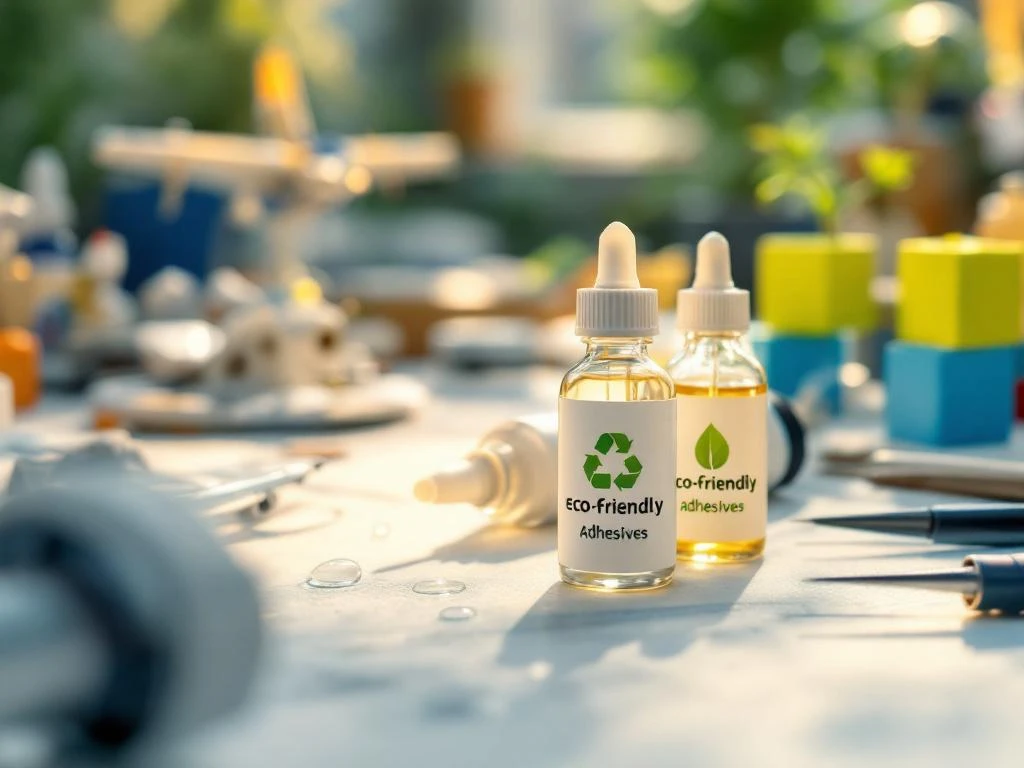
What environmentally friendly adhesives are available for model building?
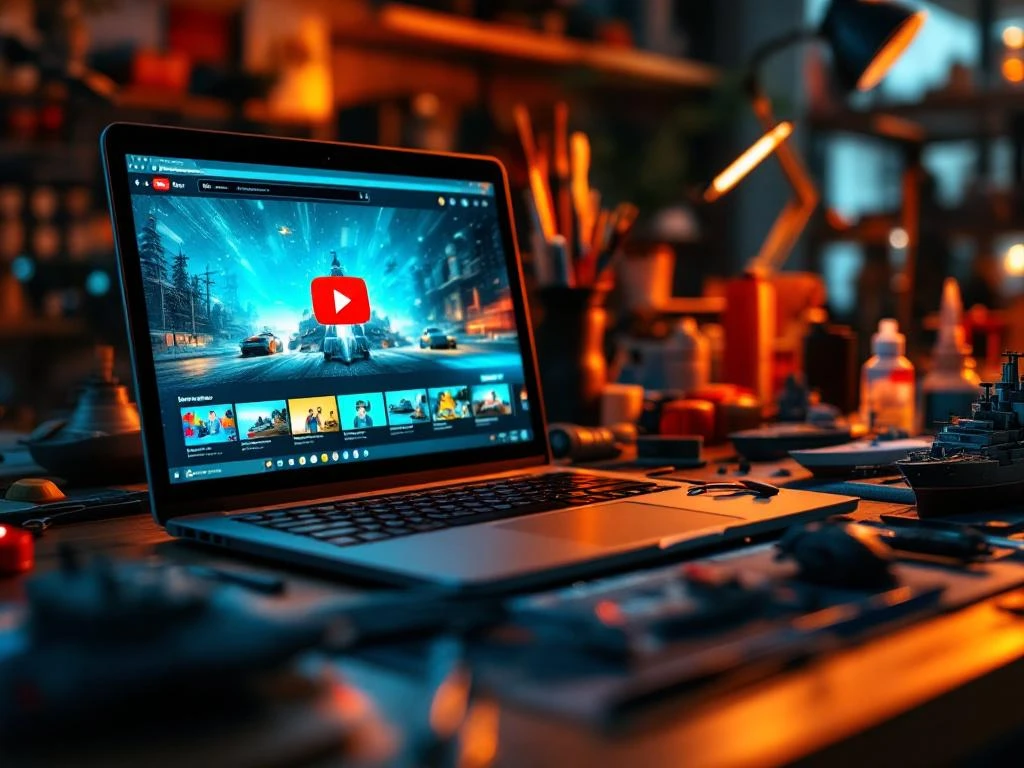
What are the best YouTube channels for model building?
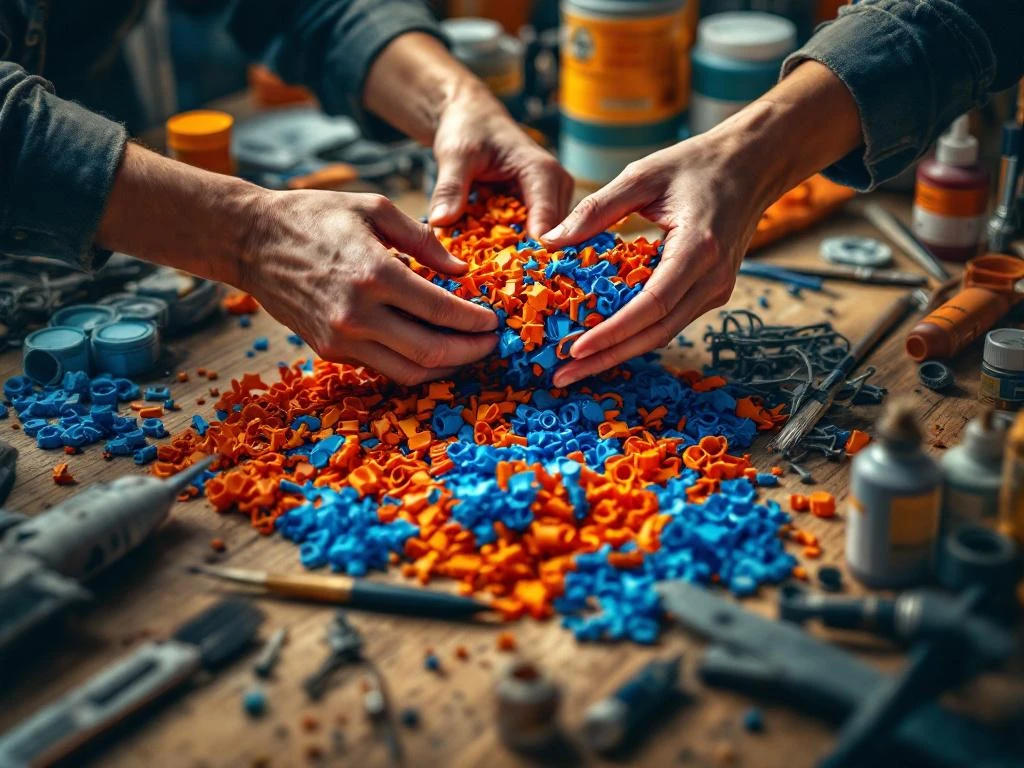
How do you recycle old model building materials?

